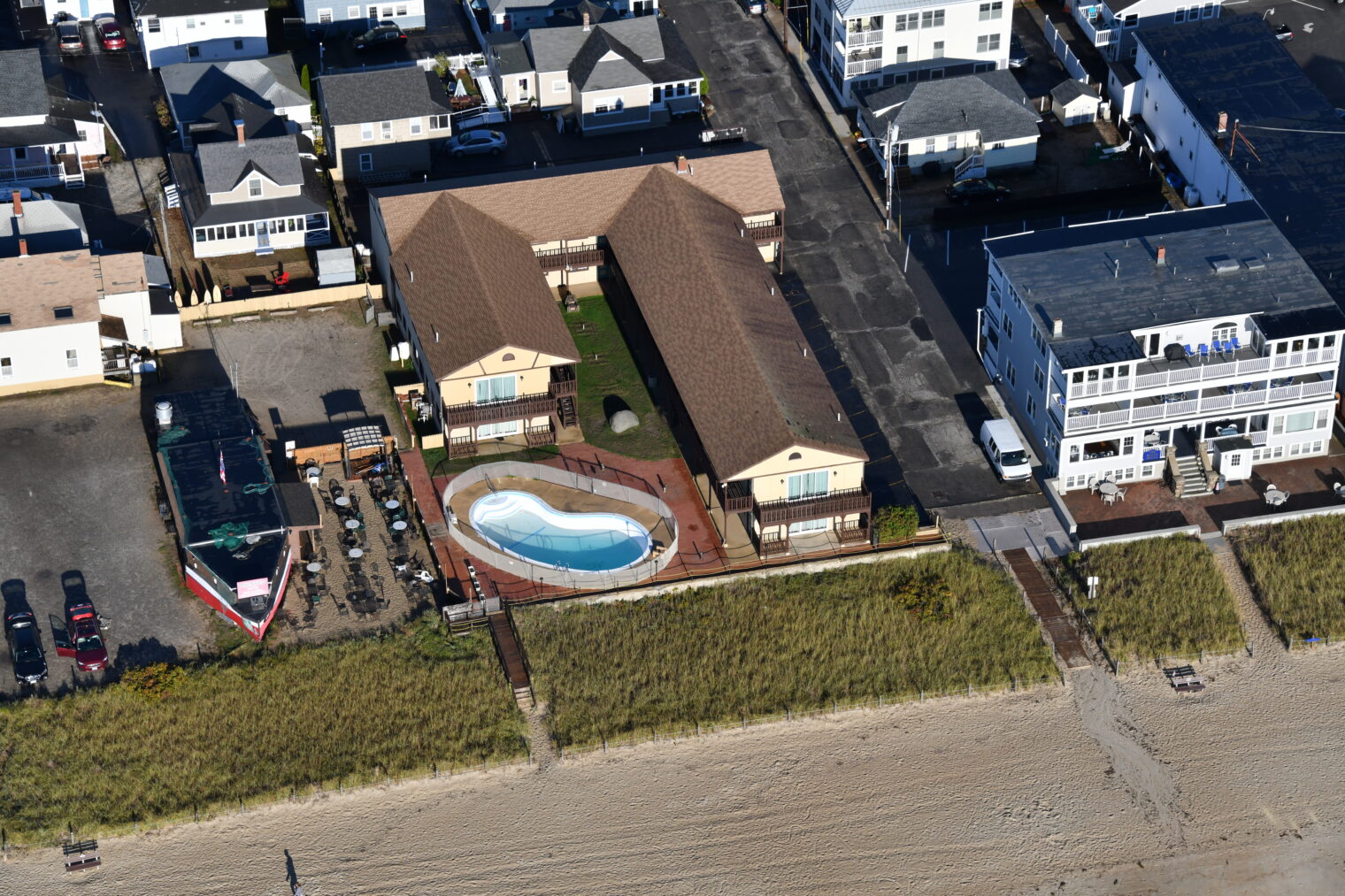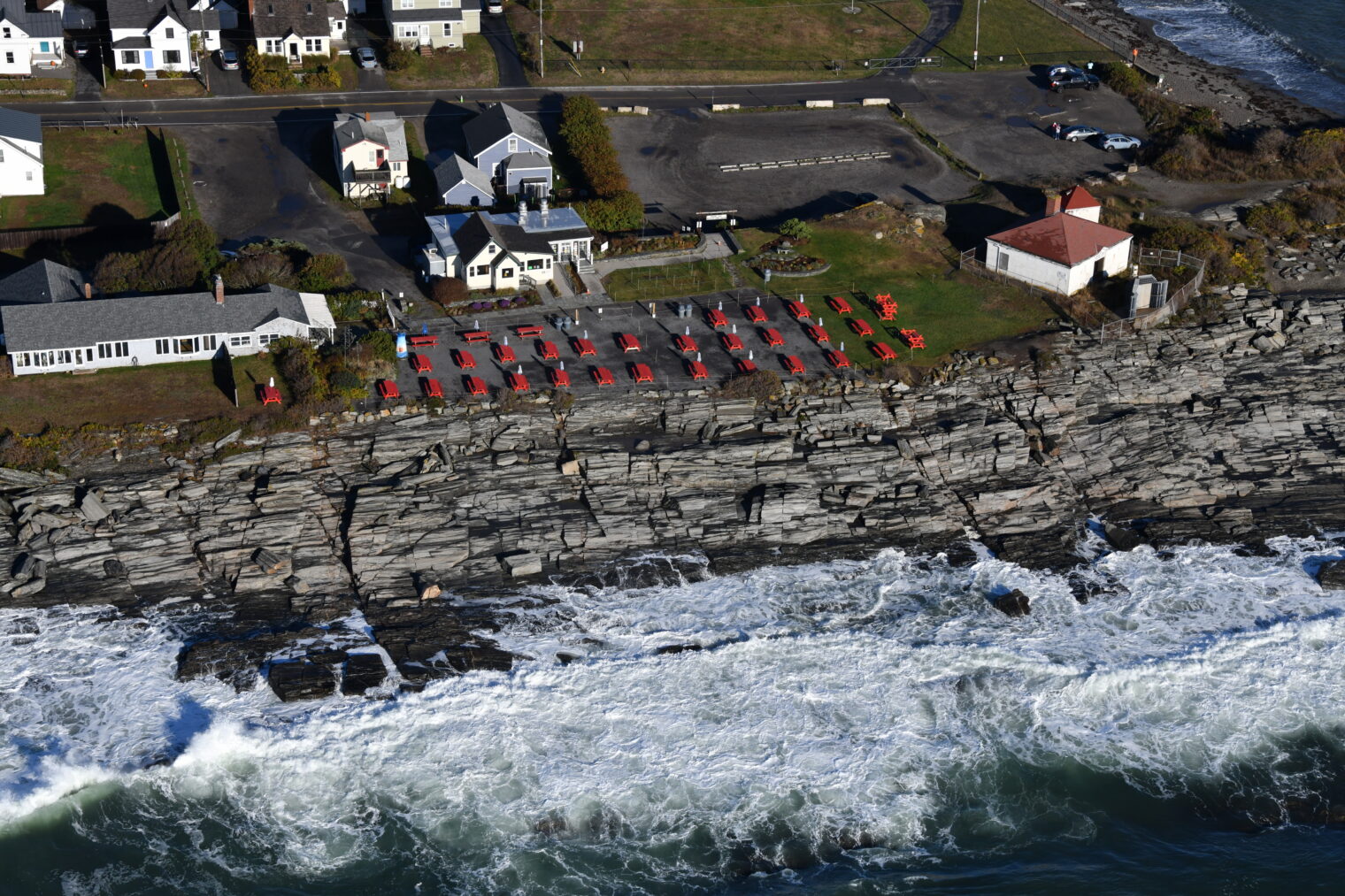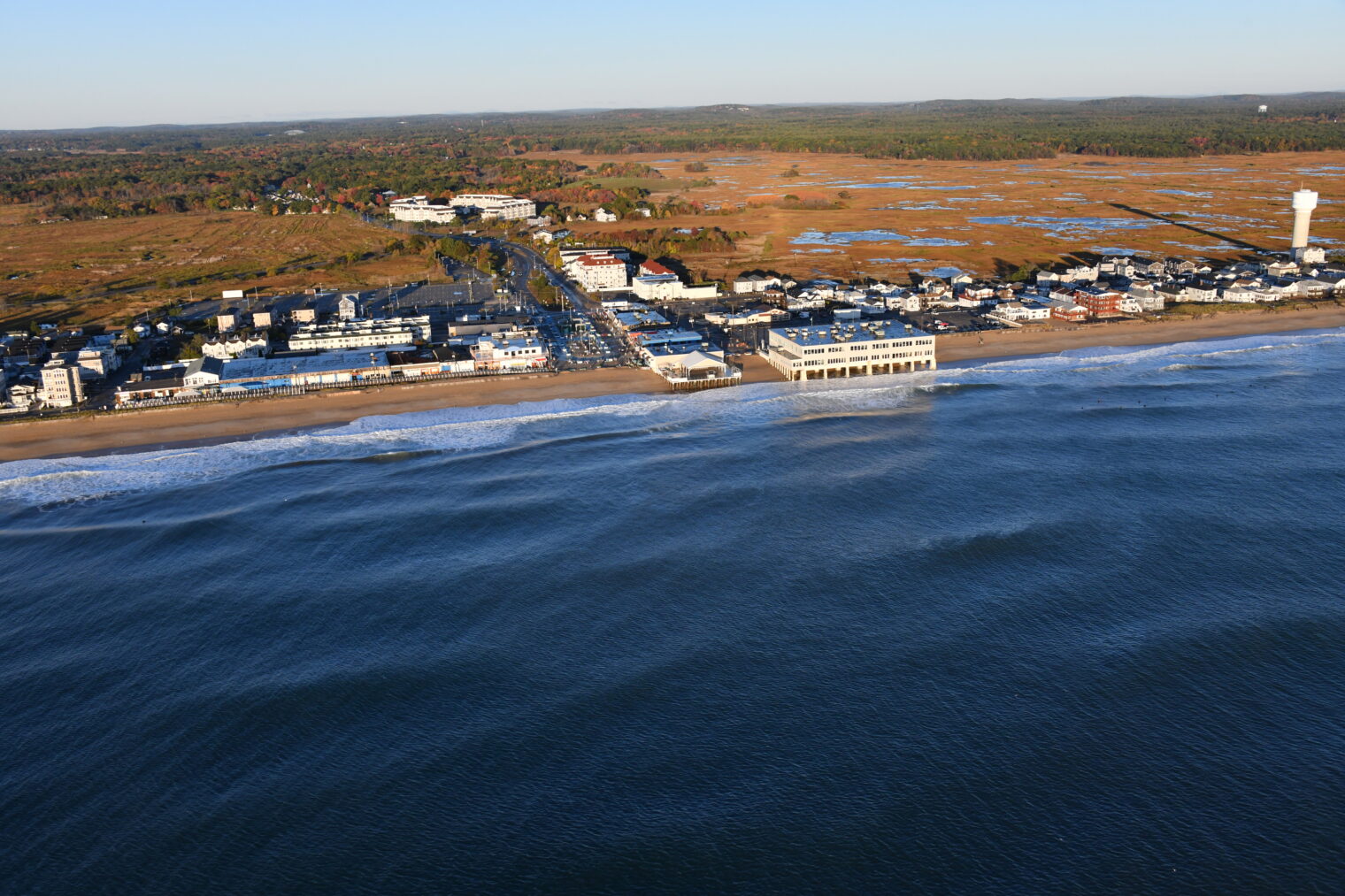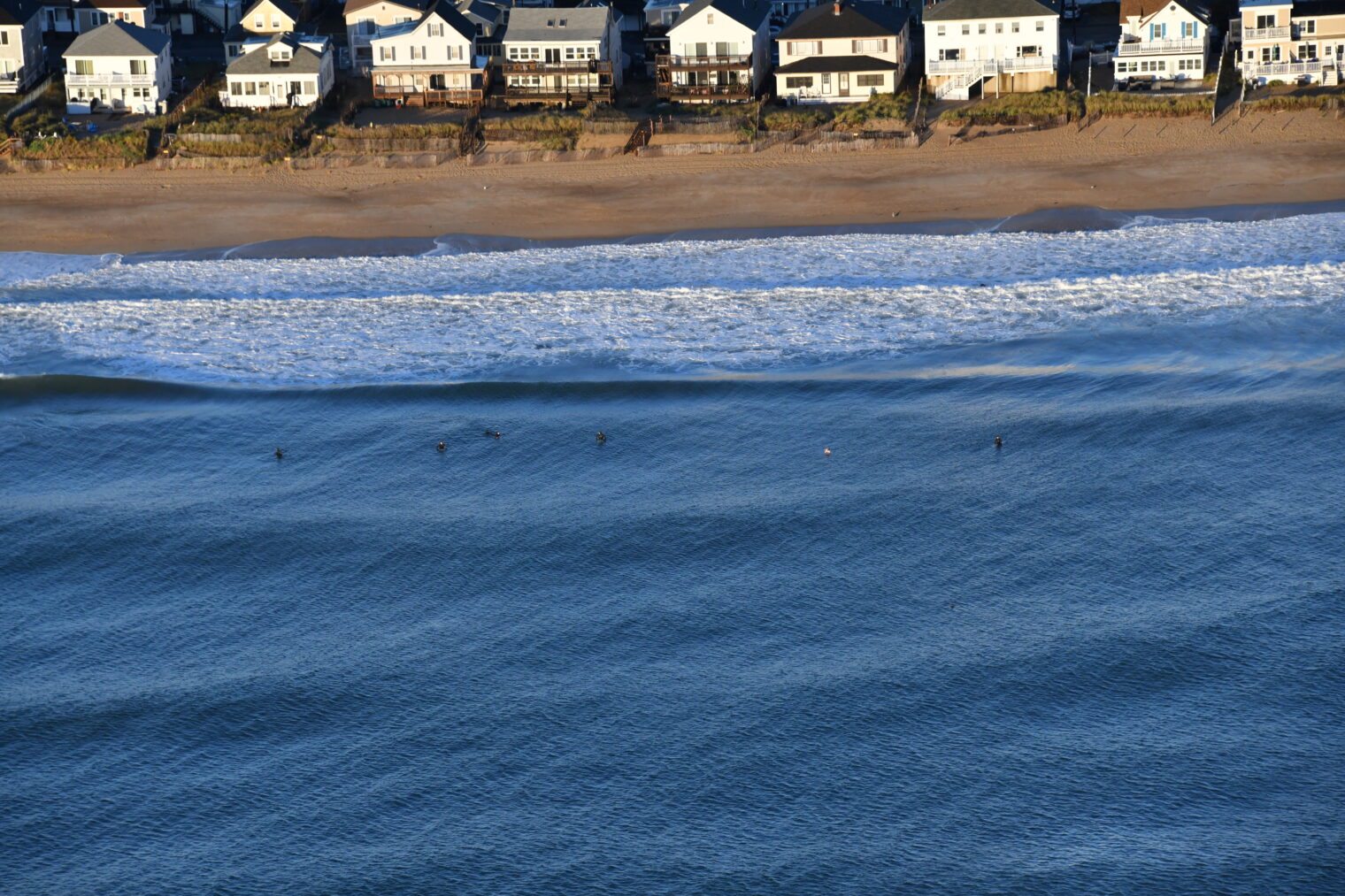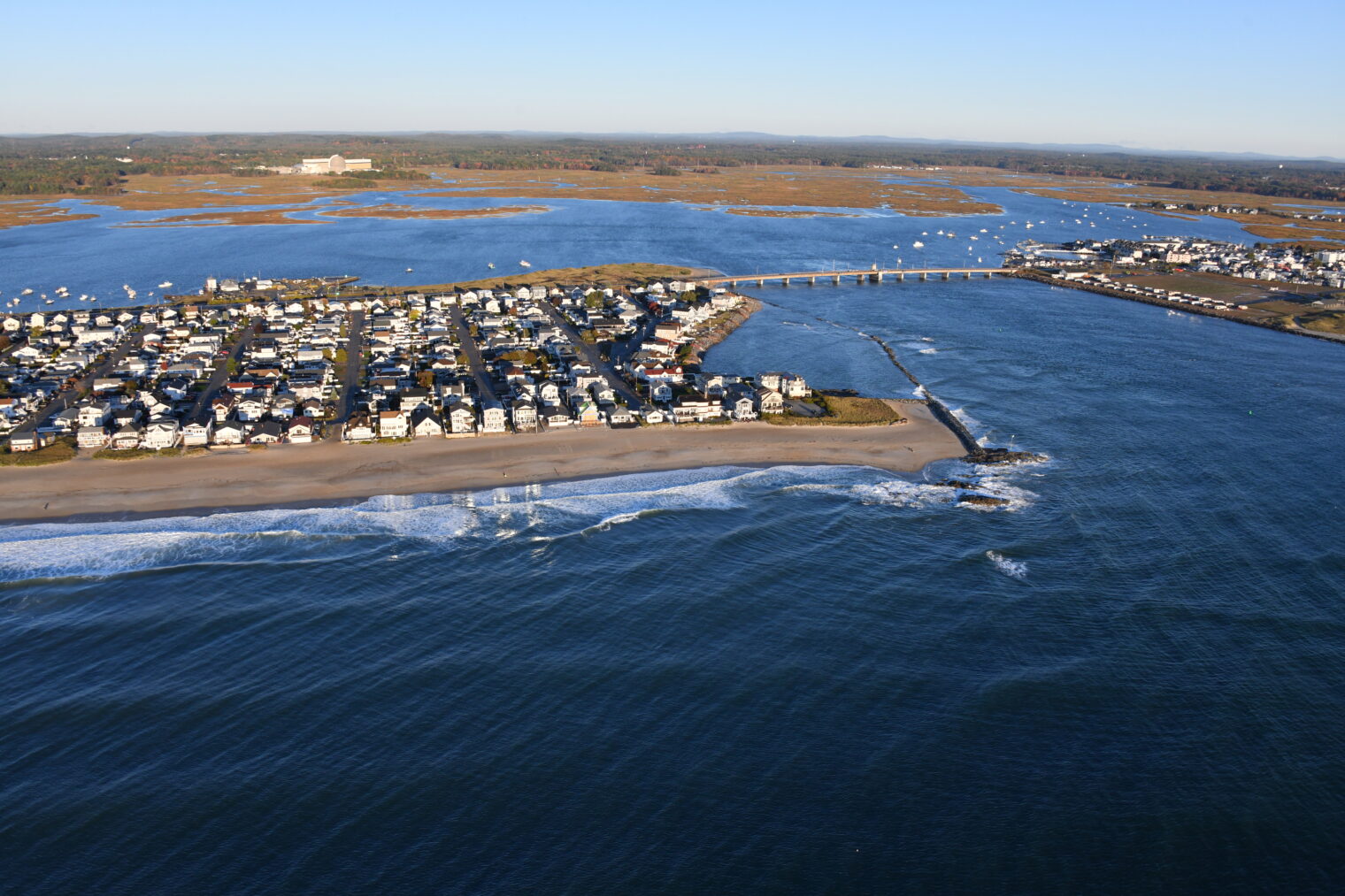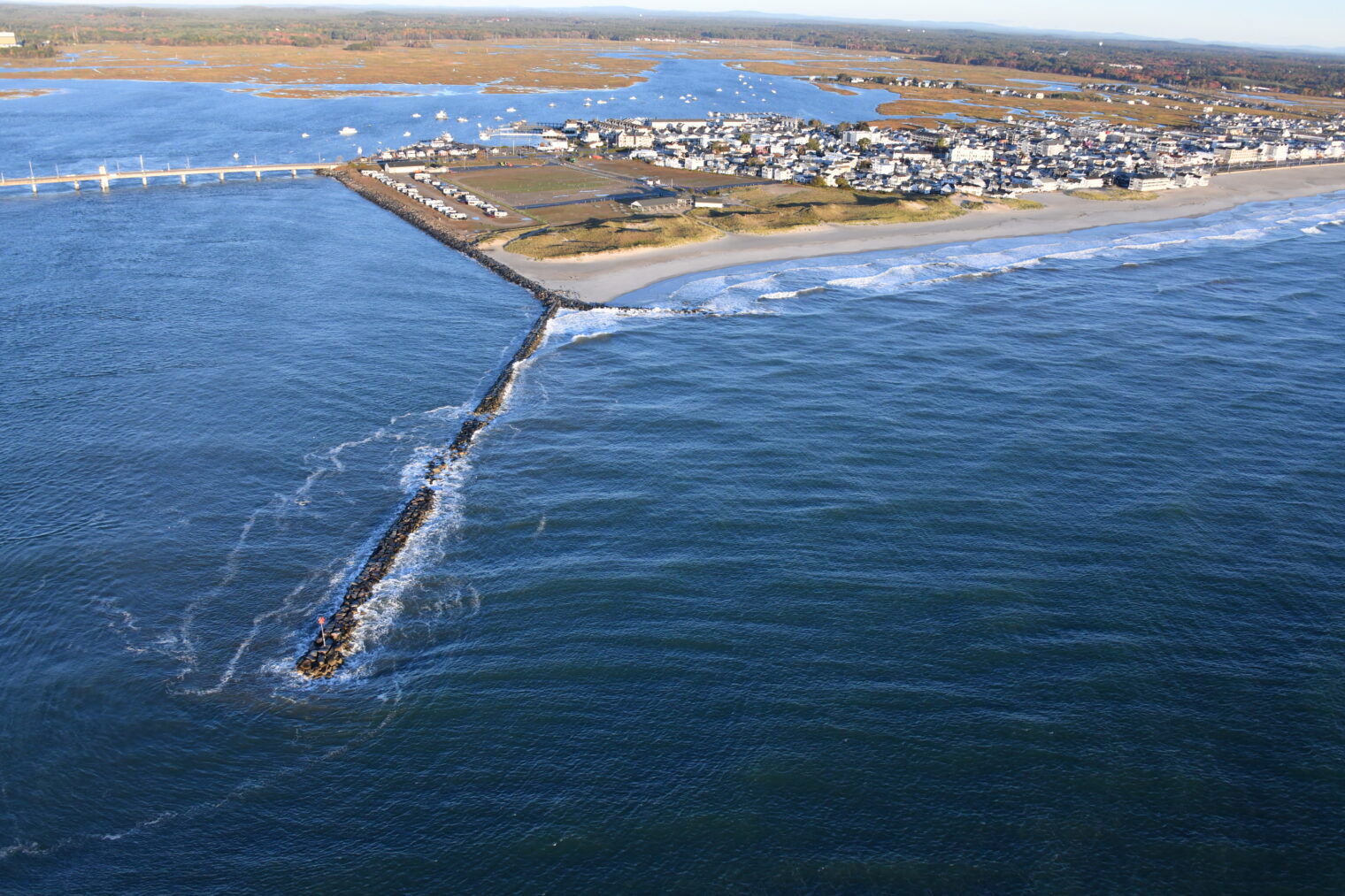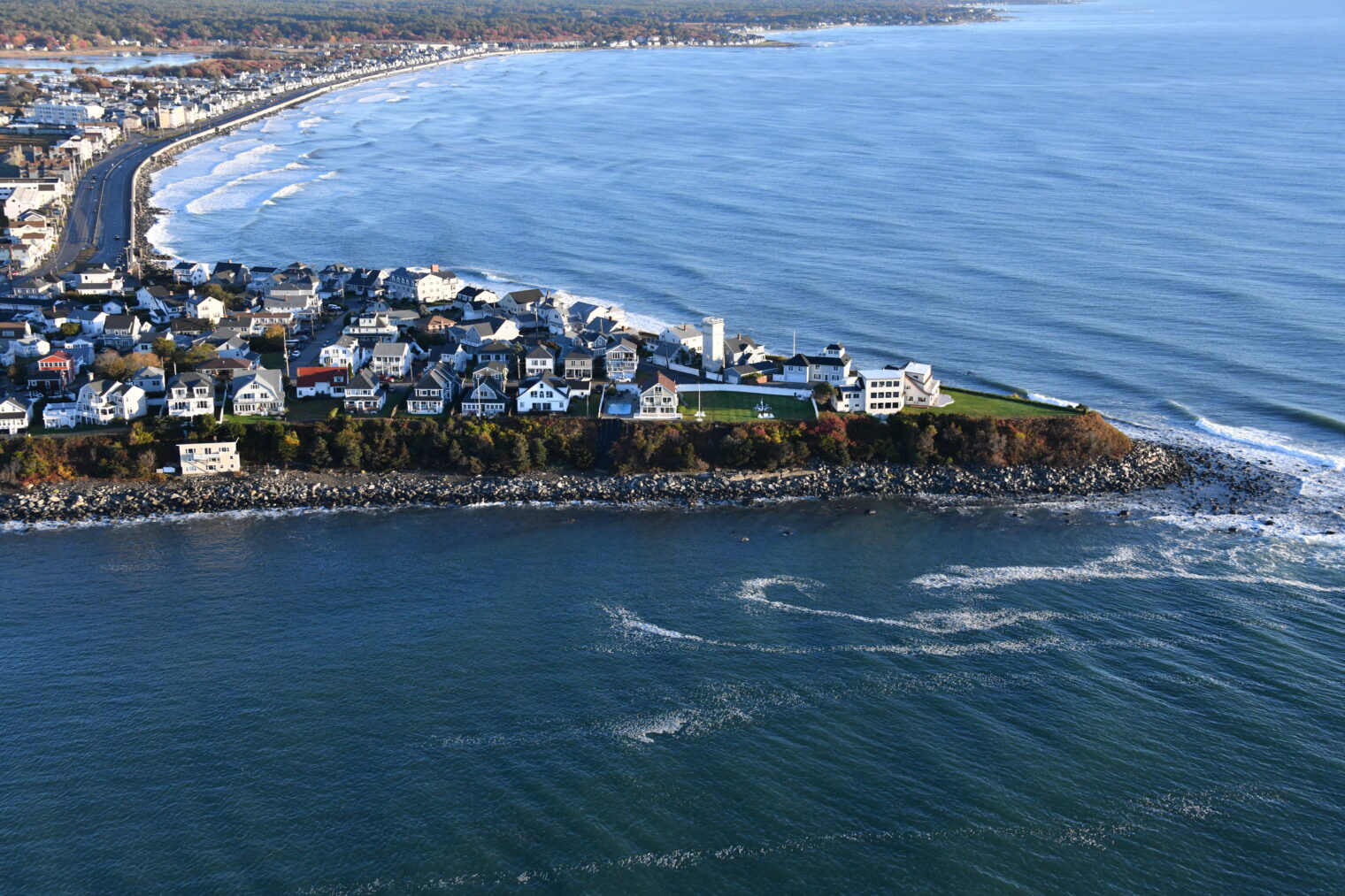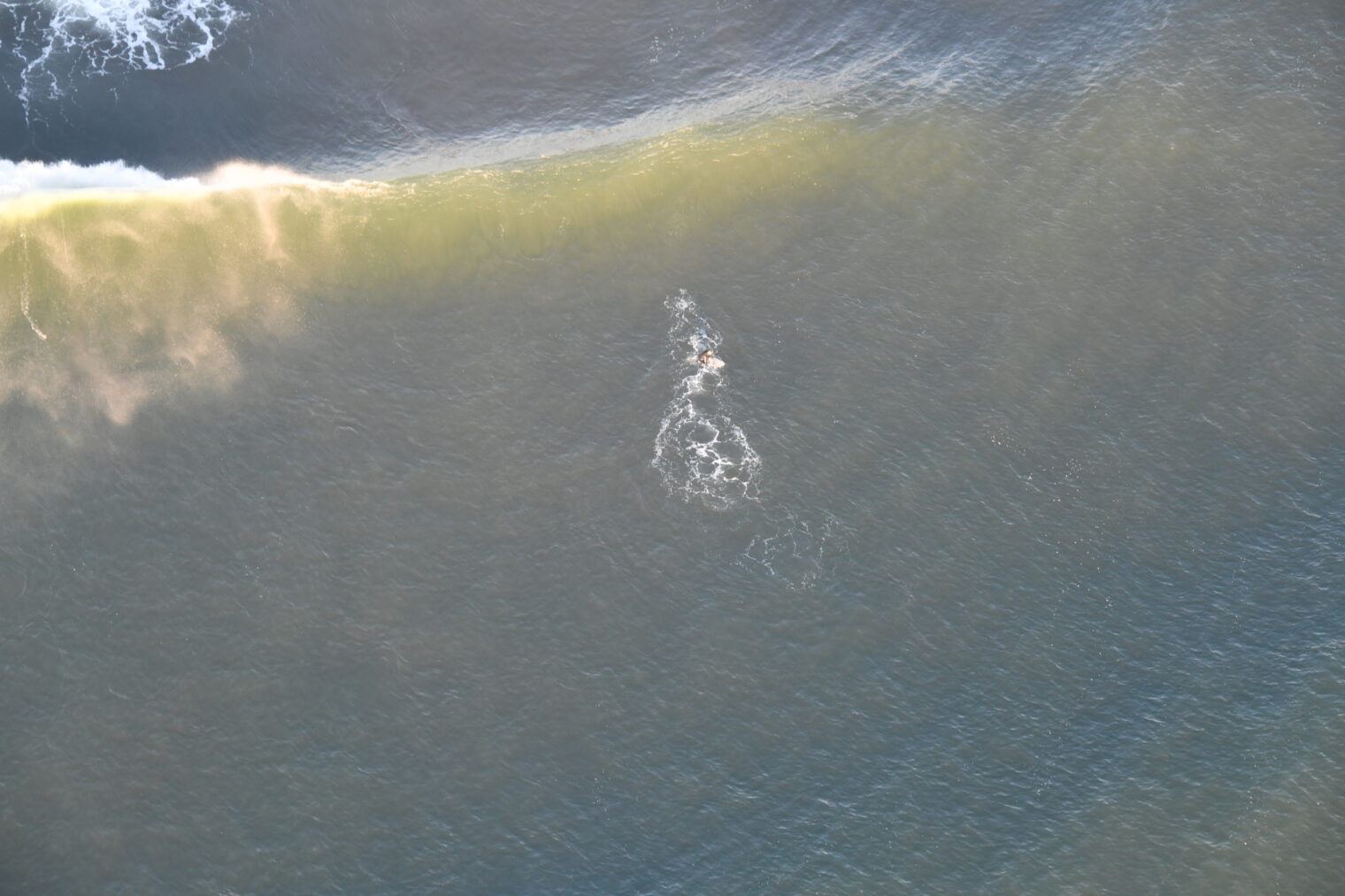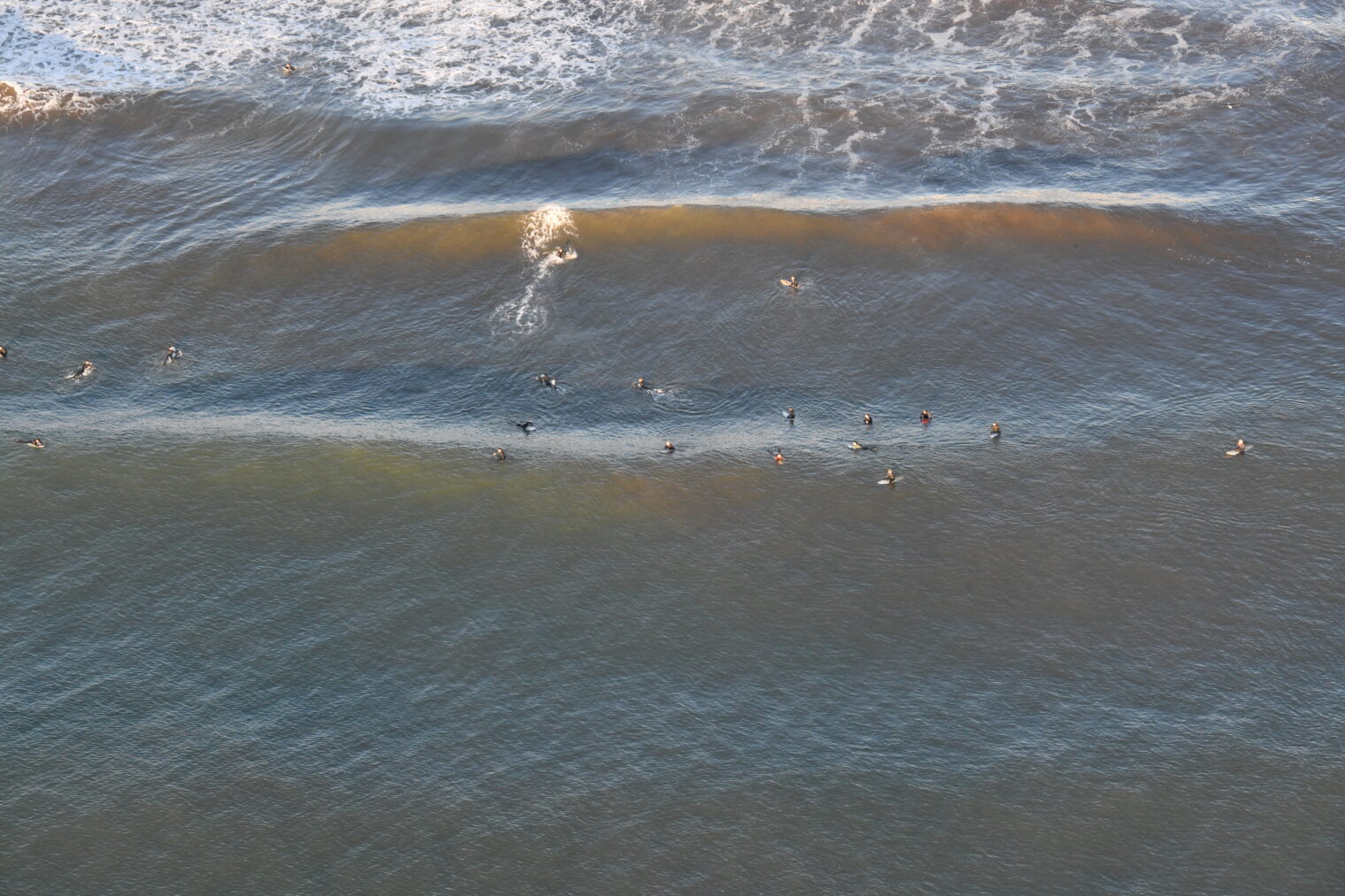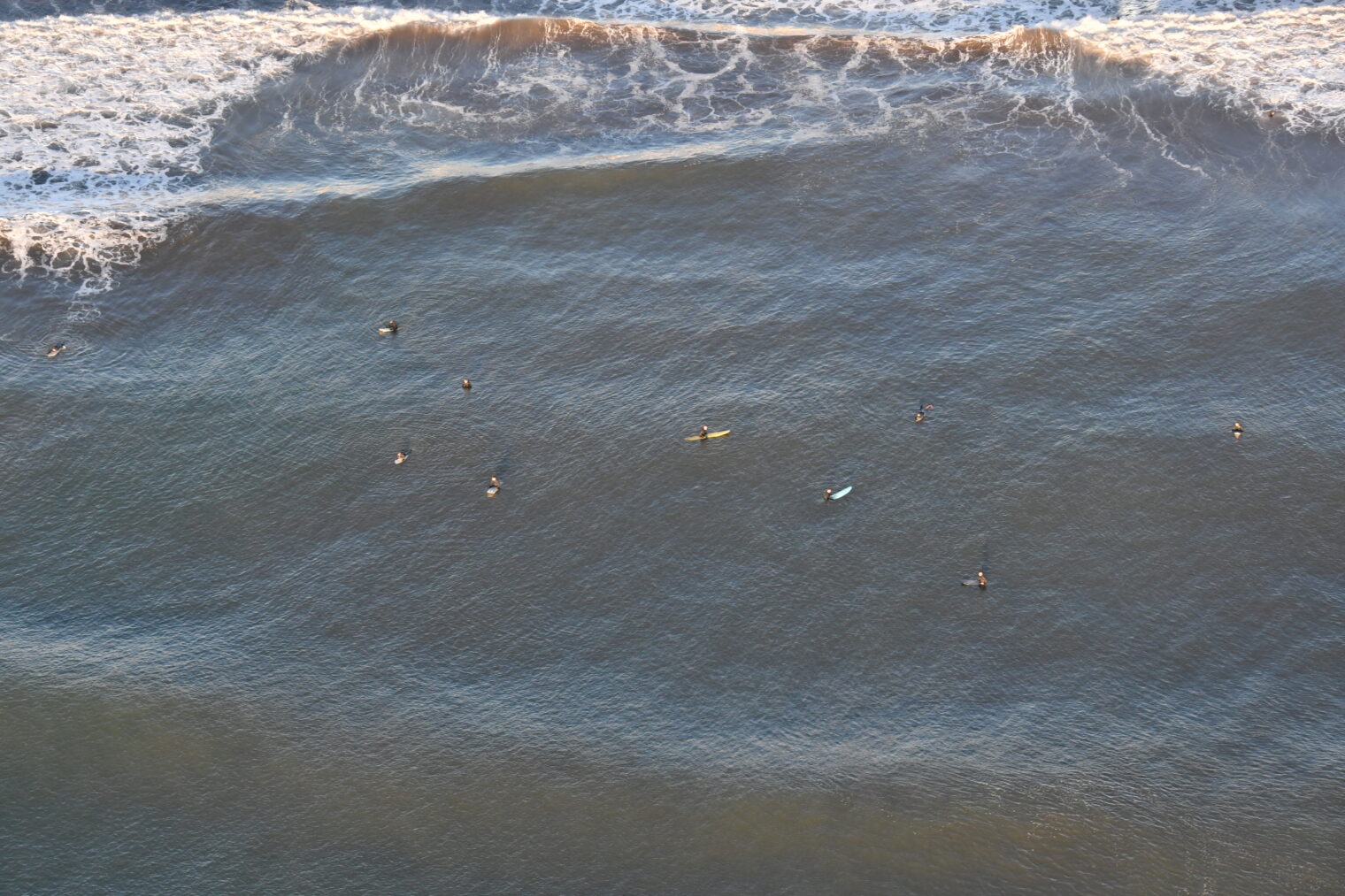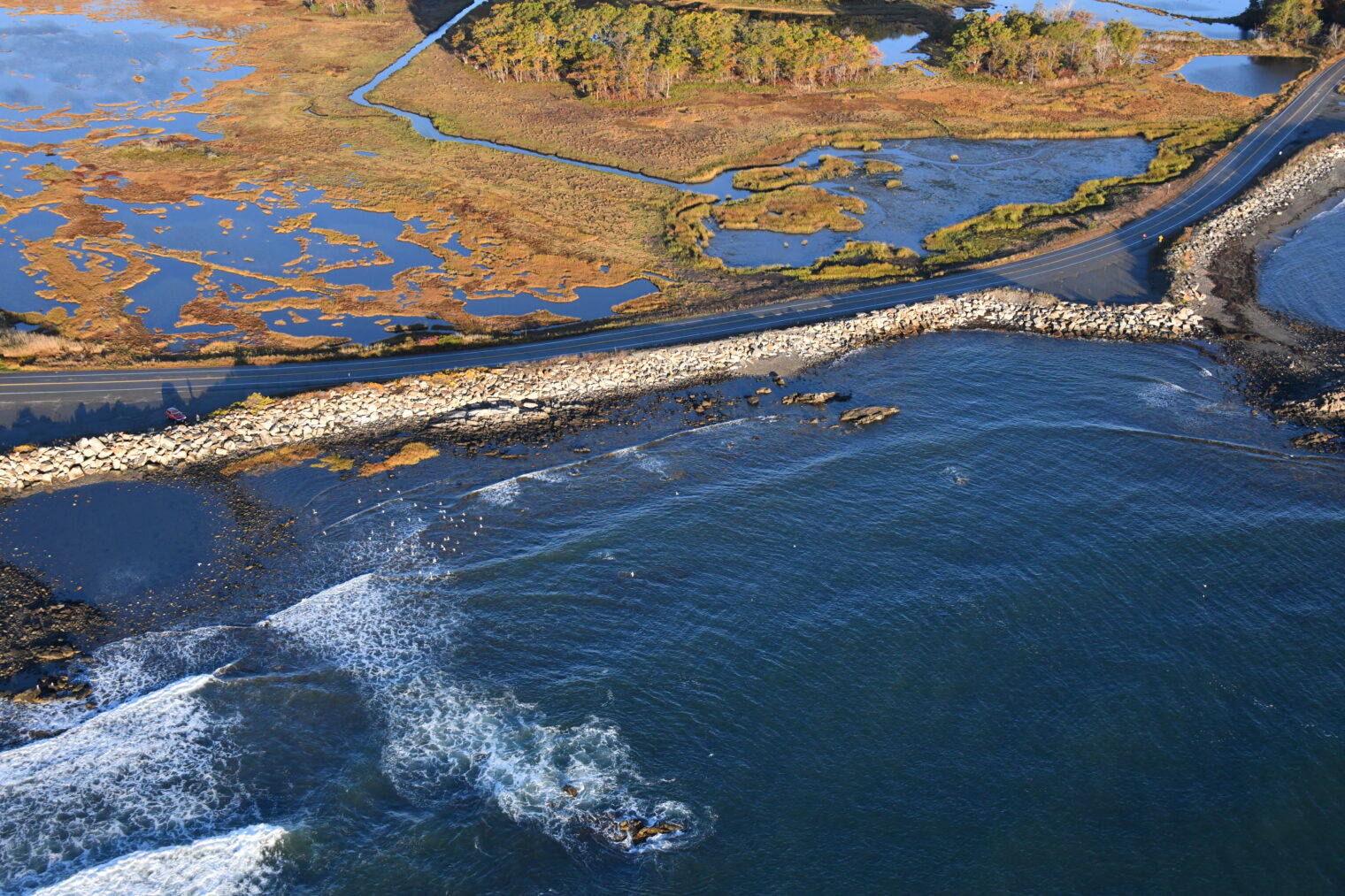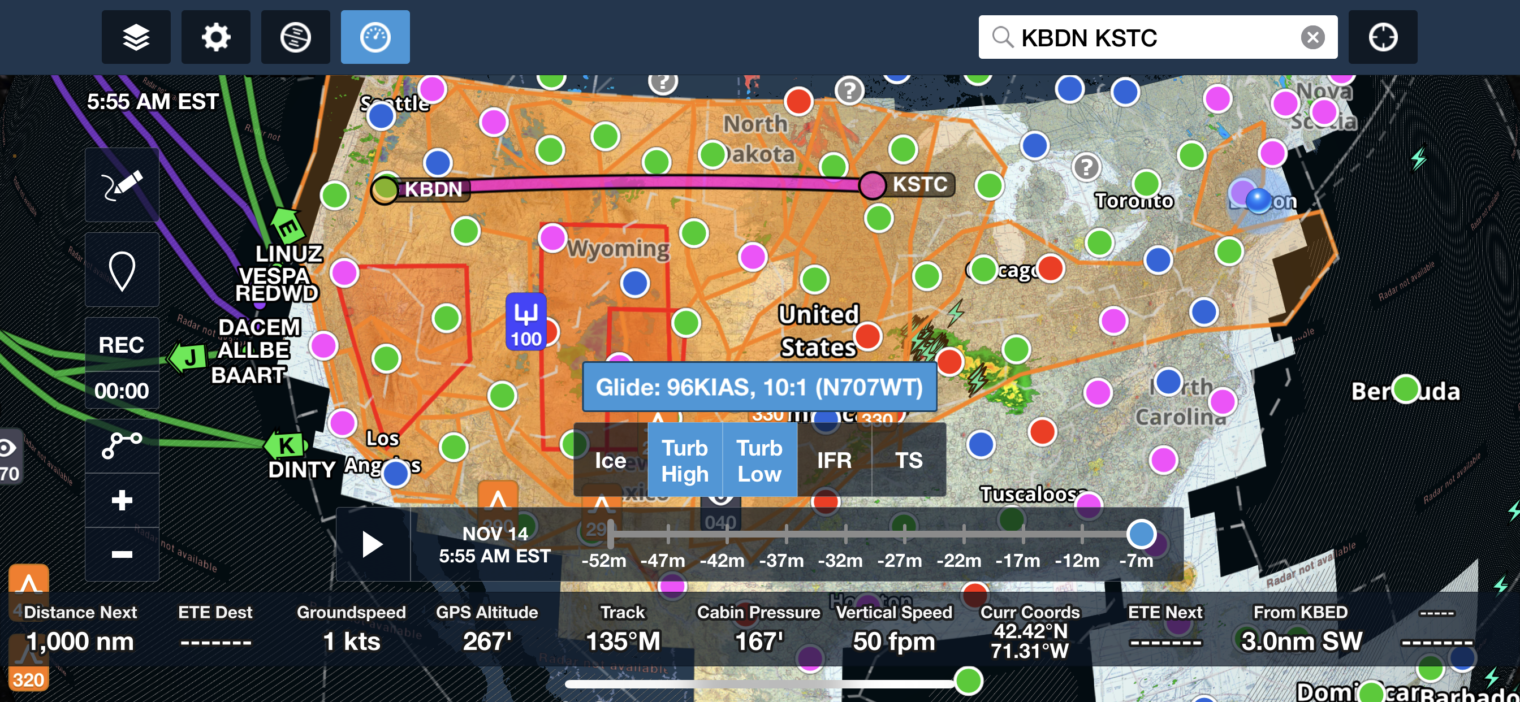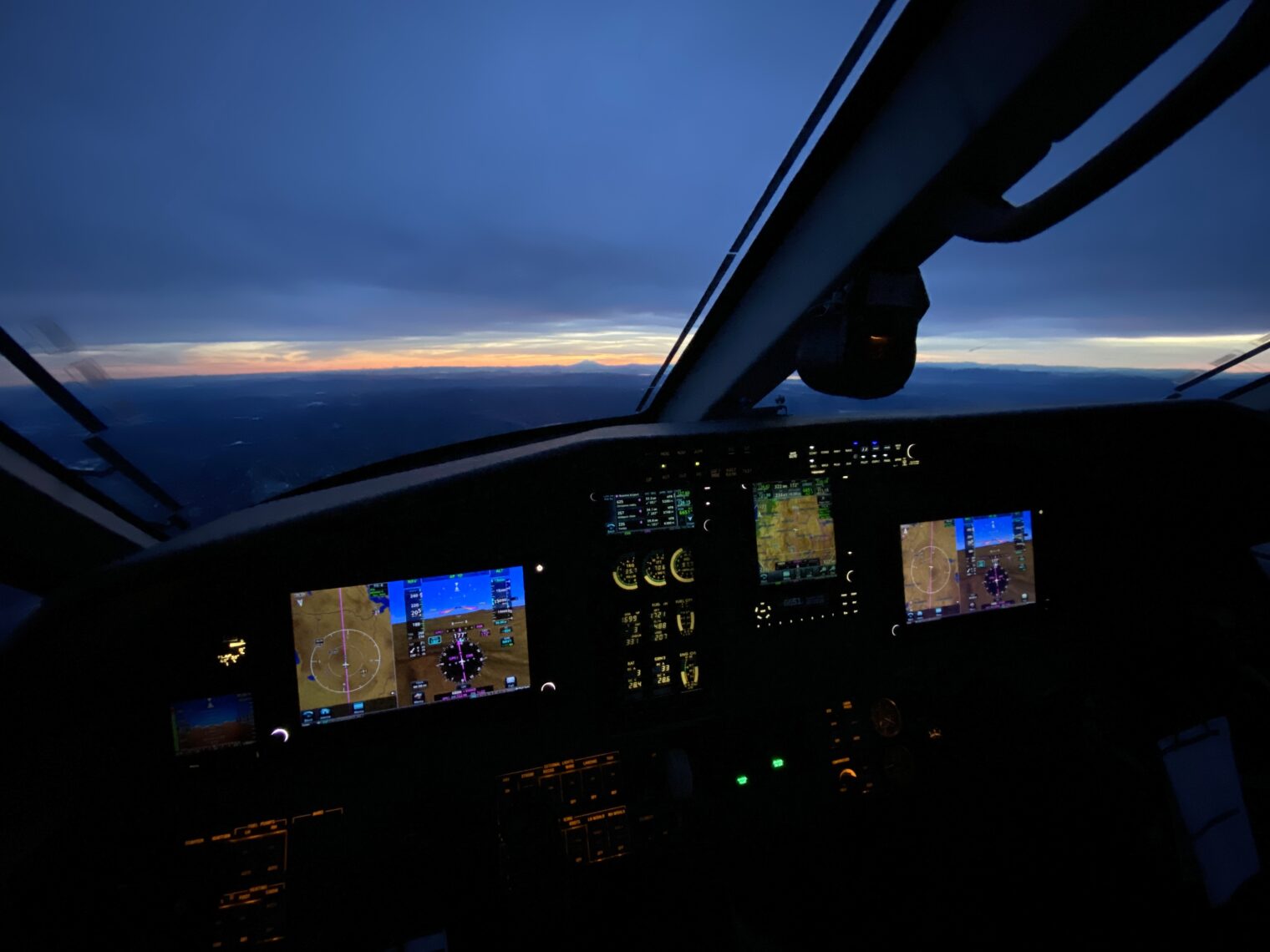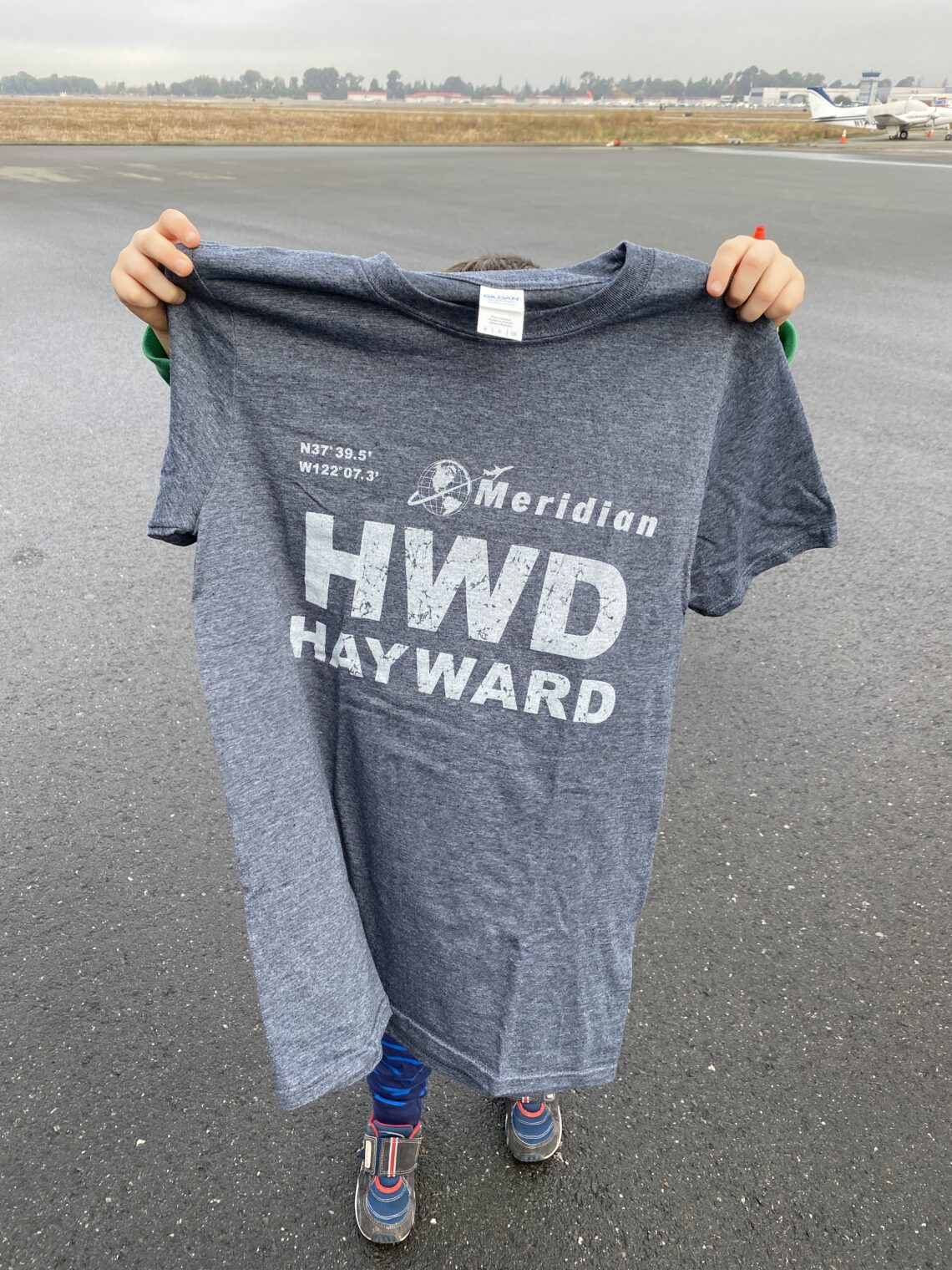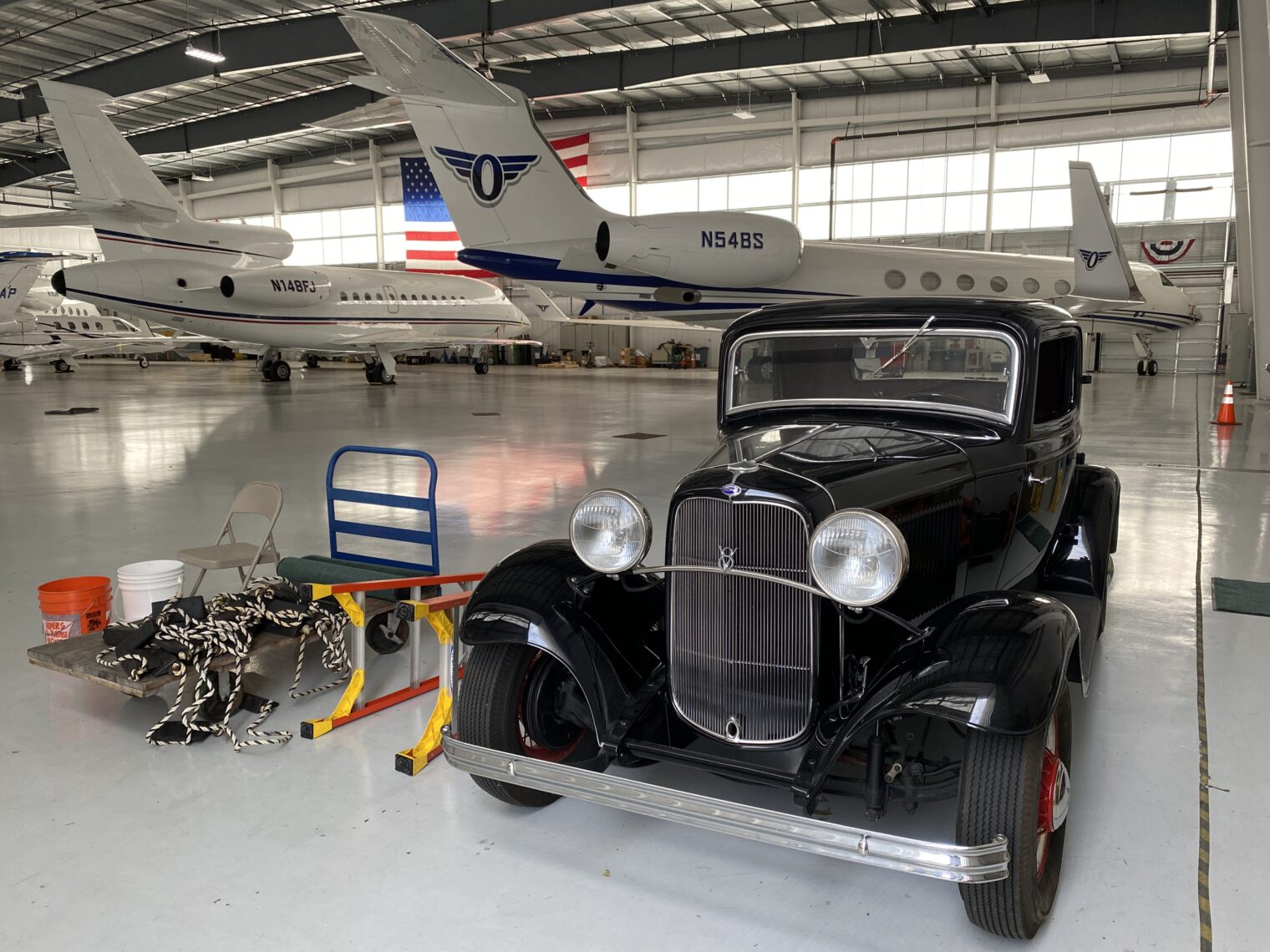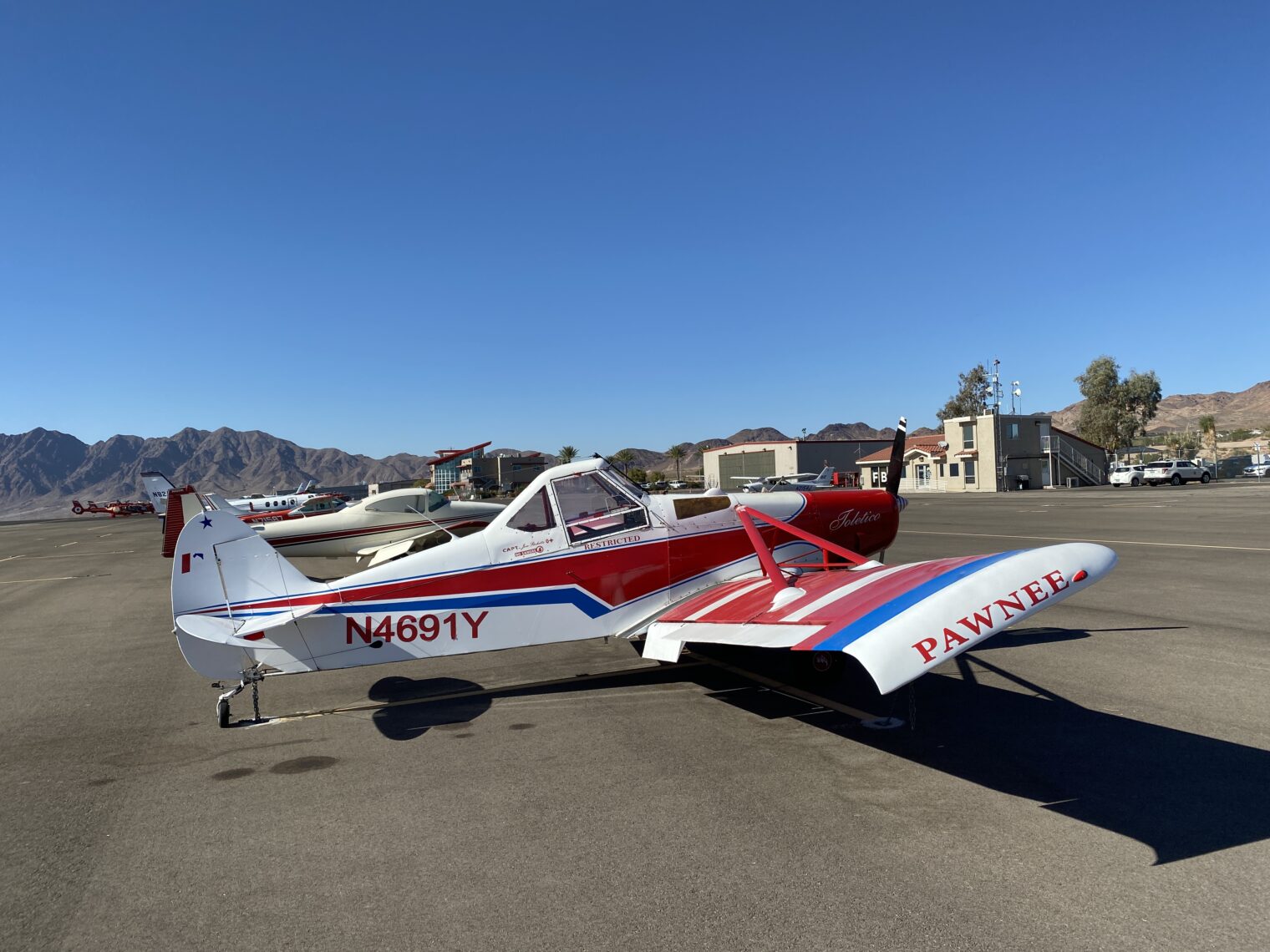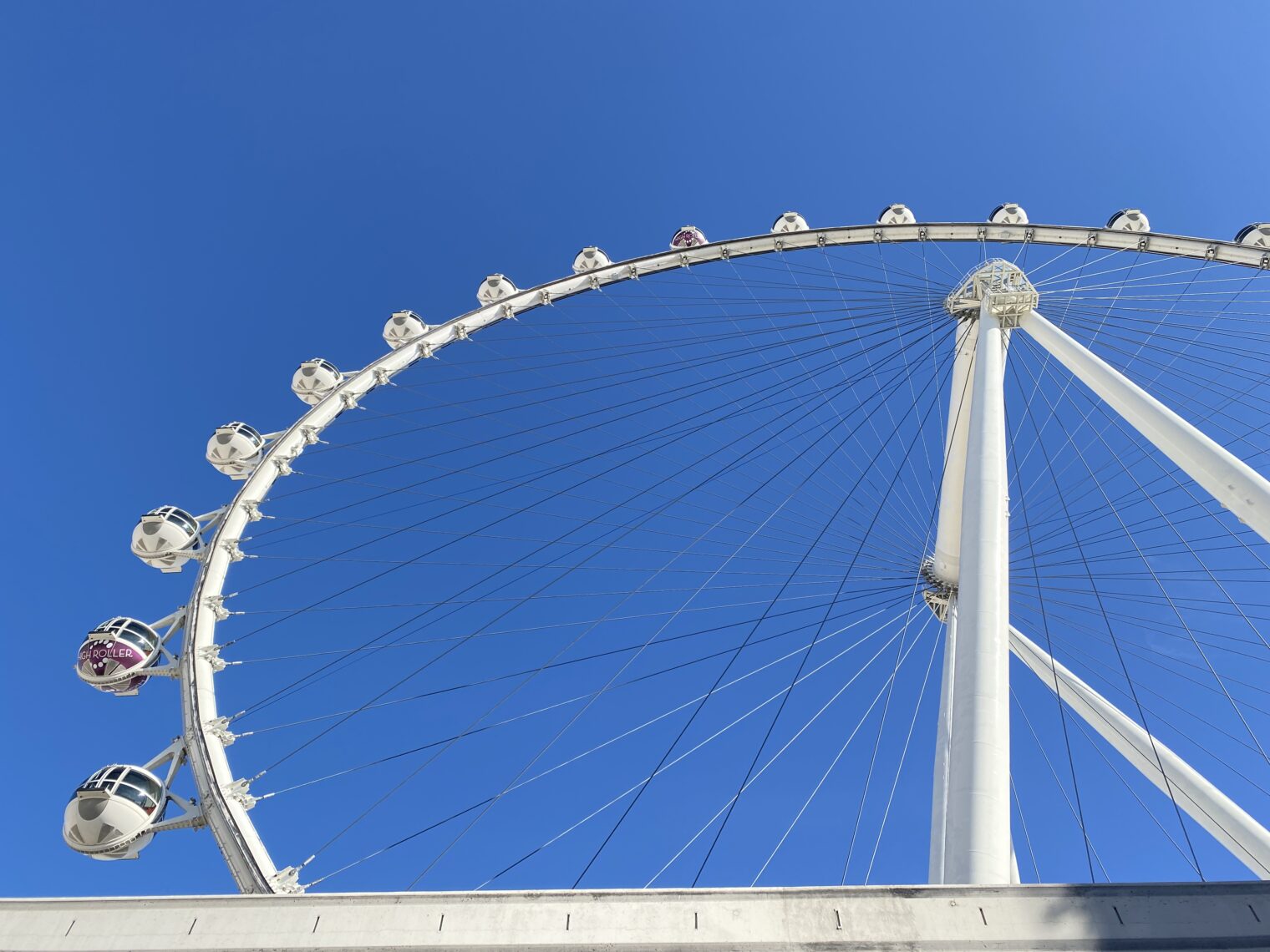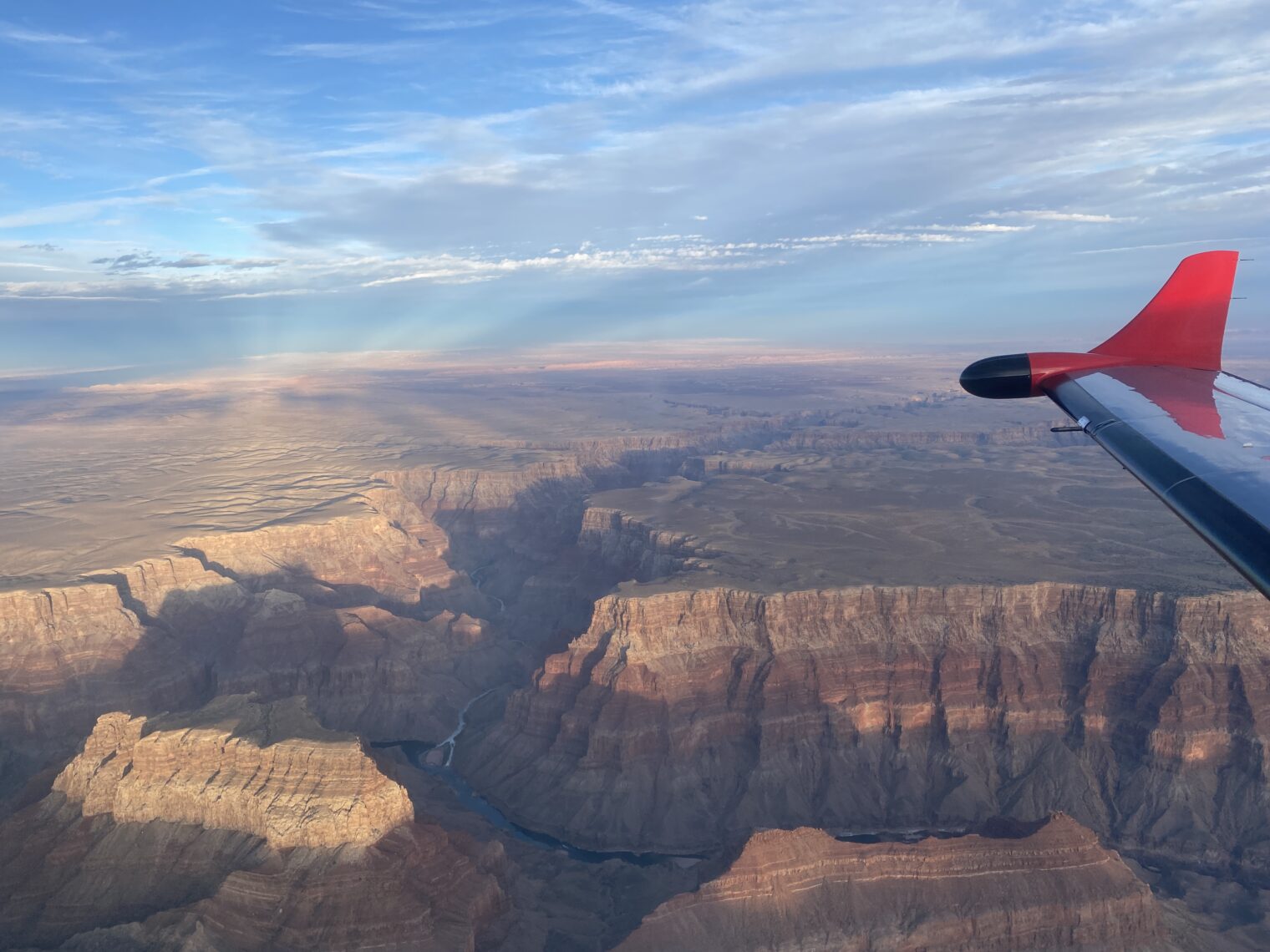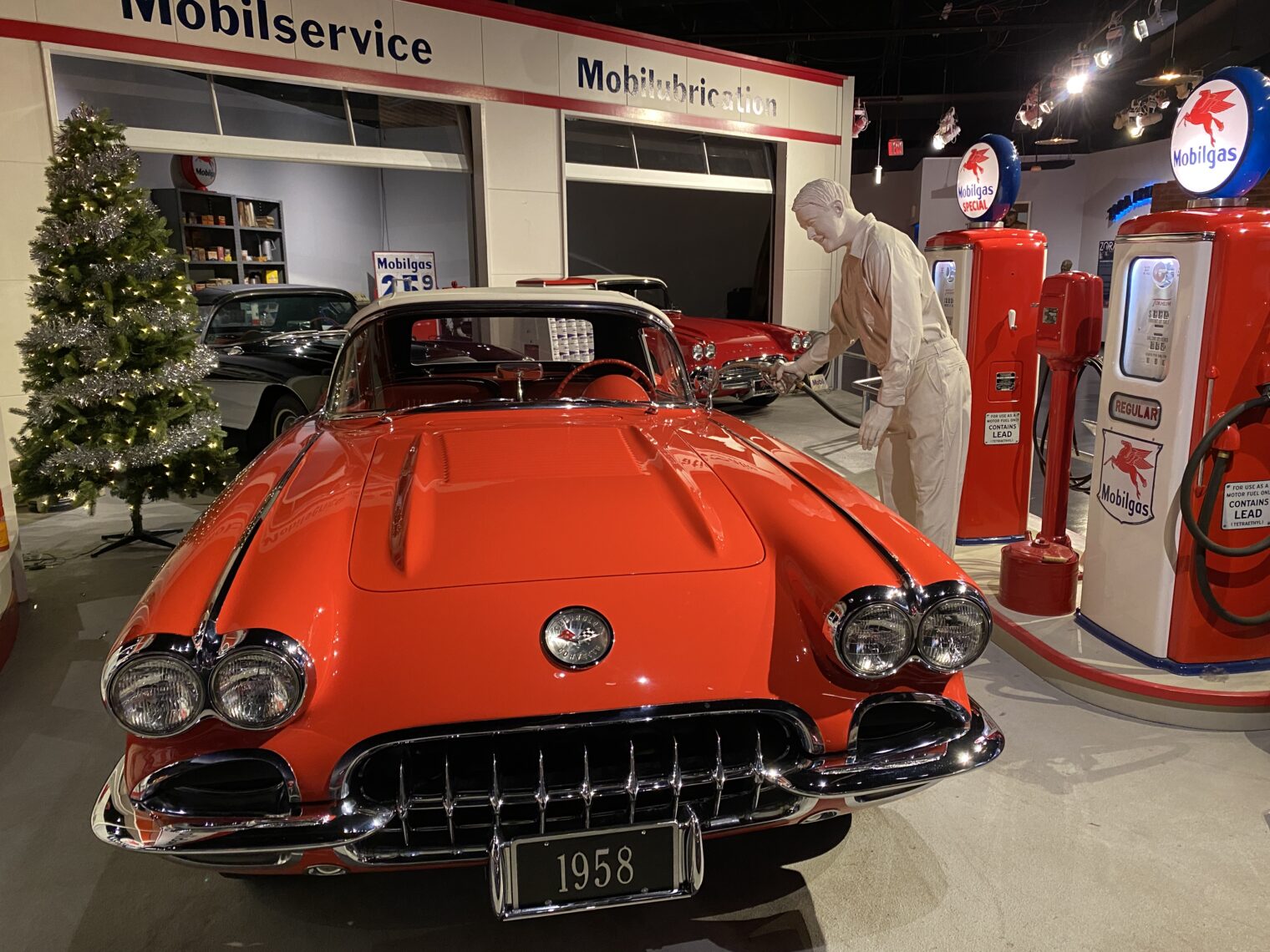Second post regarding the book Nerves of Steel…
Earlier:
Continuing the “anti-Sully” theme (Sully having portrayed himself as a single-pilot hero):
Commercial aviation is a team sport. When a crew gathers for a flight, all crew members’ names are on the paperwork, but knowing the names is not the same as meeting the people and getting to know them. The trick is in figuring out how to turn five strangers into a team in five minutes or less.
Captain Tammie gives full credit at all times to Darren Ellisor, her co-pilot, and flight attendants Rachel Fernheimer, Seanique Mallory, and Kathryn Sandoval.
Captain Tammie is Pilot Flying for the first leg (the co-pilot is then “Pilot Monitoring”):
The first leg of our flight together that day, from Nashville to LaGuardia, was smooth—though I confess my landing at LaGuardia was a little more Navy than I would have liked. We rolled out, exited the runway, and made our way to the gate.
Why land firm at LGA? See My visual approach, and Asiana’s.
The Southwest 1380 emergency begins much more violently than a simple engine failure:
We had been airborne for about twenty minutes and were passing 32,500 feet when it felt like a Mack truck hit my side of the aircraft. My first thought was that we had been hit—that we’d had a midair collision. Darren and I both grabbed the controls and watched as the left engine instruments flashed and wound down. A moment later, truly the tiniest slice of a second later, we couldn’t see anything. The jump seat oxygen masks and fire gloves went flying from their storage compartments and bounced around in the cockpit with other loose items. The aircraft began to shudder so violently that we couldn’t focus our eyes. The cockpit filled with a cloud of smoke, which made me think there was a fire, but the fire alarm wasn’t ringing. It was like being inside a snow globe that someone was shaking, hard. Just as suddenly, a deafening roar enveloped us. We couldn’t see, we couldn’t breathe, and a piercing pain stabbed our ears, all while the aircraft snapped into a rapid roll and skidded hard to the left as the nose of the aircraft pitched over, initiating a dive toward the ground.
They didn’t know it at the time, but the left engine had come apart.
The initial sensation of being hit by a truck was brought on when a piece of a turbine fan blade in the left engine broke off and caused catastrophic engine damage. The explosion caused the leading edge of the engine cowling to disintegrate—I heard pieces of it were found scattered across the Pennsylvania countryside—and the rest of the cowling around the engine to roll back like a banana peel. It remained attached at the aft end of the engine, flailing around in the wind. What was once sleek and aerodynamic was now more like a barn door swinging in a hurricane. Shrapnel from the explosion took chunks out of the leading edge of the wing and the tail, ripped a panel open underneath the wing, and severed hydraulic lines around the engine. A fuel line was also cut above the cut-off valve, so we had no way of shutting off the fuel that was flowing out of the left fuel tank. A piece of debris hit the window at row 14, causing it to fail and blow out, which is what generated the deafening roar and the sudden loss of pressure in the cockpit and the cabin. If you’ve ever been in a car when someone rolls down the window at sixty miles an hour, the noise is unpleasant. I don’t have words to adequately describe the ear-drum punishment of a five-hundred-mile-per-hour experience.
A good qualitative aerodynamic explanation:
The combined damage on the left side of the aircraft is what caused the violent shuddering, because instead of an engine under the left wing, we now had what amounted to an anchor. The huge asymmetry (the difference between a dead and severely damaged engine on the left and a healthy engine on the right producing thrust) immediately pushed the nose of the aircraft hard to the left. That rotation caused the outside wing to generate more lift than the wing on the inside of the turn, which made the aircraft roll rapidly toward the bad engine.
Due to the extra drag and loss of half the thrust, the aircraft descended 18,000′ in the first five minutes, even without the pilots trying to dive. The aircraft has a strong desire to turn left (it is no longer an ambiturner).
Captain Tammie on the PA:
“We are not going down,” I said. “We are going to Philly.”
As in the Oshkosh talk that she and Darren Ellisor gave, she gives the most credit to those who chose to take risks when they could have avoided any additional risk:
Oxygen masks were dangling from the overhead compartments, but only a few people had them on correctly. [Sound familiar?]
Seanique, Rachel, and Kathryn strapped on their portable oxygen bottles, put on the masks, and unbuckled from their jump seats. Then they began the dangerous process of moving through the cabin, helping people secure their oxygen masks and assuring them that we had a destination—we were going to Philadelphia. It’s important to me that you know the extreme risks these women took in that setting to unbuckle and get out of their seats. Some might think they were simply doing their job; they did more than their job that day. They would have been justified to stay seated, as they were placing their own lives at risk to do otherwise. Setting aside concerns for their own well-being, all three women chose to get up. With the rapid depressurization, they knew there was a hole in the aircraft somewhere (they didn’t know where at first), and it was possible that at any moment some other part of the aircraft might tear away and take them with it. As they stumbled down the aisle, they took a beating. They were struck by flying debris. They sustained strained backs and bruised ribs from bouncing off the seats, and the oxygen bottle straps lacerated their necks. Everyone on board had been affected by the rapid depressurization just as Darren and I had been, with shooting pain in their ears and the terrifying feeling of not being able to breathe. But one by one, shouting over the din while they also paused to help people, the attendants went from seat to seat, yelling, “We’re going to be okay! We’re going to Philly!”
She also credits passengers Andrew Needum and Tim McGinty for unbuckling and trying to rescue Jennifer Riordan, who had been pulled partly out of the aircraft during the window failure and depressurization. As long as the aircraft’s speed and altitude were such that Riordan couldn’t be pulled in, anyone with a brain would have known that there was a risk to unbuckling and a 10X risk of getting near the failed window.
Captain Tammie explains why she and Darren Ellisor swapped roles:
In an emergency situation it’s the captain’s responsibility to land the plane, regardless of whose turn it is to fly, so I took over the controls.
After seeing all of the damage, Captain Tammie selects a non-standard lower-drag higher-speed landing configuration of Flaps 5 rather than Flaps 15, which is standard for a single-engine approach. (27L at KPHL is 12,000′ long, enough for the Space Shuttle)
When I tried to level off, I realized I couldn’t add enough thrust to maintain airspeed and altitude. The amount of rudder it took to keep the aircraft in balanced flight now became the limiting factor in how much power I could add from the right engine. If I added too much, I wouldn’t have enough rudder authority to overcome the asymmetric thrust, and it would push the nose to the left, causing even more drag. So there was a point at which adding power became detrimental, …
I had Darren select Visual Flight Path on my HGS (Heads-up Guidance System) so I would have a 3-degree glide path reference for my approach to the runway. Because we don’t typically land Flaps 5, even when practicing single-engine approaches, the sight picture as I looked at the runway would be very different from what I was accustomed. With the lower flap setting, the nose of the aircraft would be higher than normal, but the symbology in the HGS combiner glass would be familiar. We also would be flying about 50 knots … faster than normal, which would also change the sight picture. But since I use the HGS for every approach, I wanted a little slice of normal for this anything-but-normal approach. With the decision made to head directly for the airport rather than take extra time to work through more checklists, I had one more 90-degree right turn to go to line up with the runway. That is when things took a turn for the worse. I had already made a 90-degree right turn when I was over the city and heading east, but I had done that while still descending and with the right engine at idle power. Now, heading south, I had added power to slow our descent. When I put in the controls to make the final right turn that would line us up with the runway, absolutely nothing happened.
There was nothing I could do about the weight of the aircraft or the extreme drag hanging off the left wing. My only option was in the palm of my right hand. The answer was clear, but it was not what I wanted. I was already concerned about the energy state and my ability to even make it to the runway, so the last thing I wanted to do was pull power on my good engine and sacrifice airspeed and altitude. But it was clear that I didn’t have a choice. The aircraft simply would not turn right with all of the drag pulling the left wing backward and all of the thrust from the good engine pushing the right wing forward. I made the decision. I eased the right throttle back, stood on the right rudder, and fed in some ailerons (input that tells the aircraft which way to turn). And it worked! As the nose slowly swung around to the right, and we were finally headed toward a nice long piece of concrete, I called for landing gear down. We were getting close, but we weren’t there yet.
Due to the high drag and single engine, the crew has one chance for a landing (i.e., go-around not an option).
The plane slowed as we descended toward the runway. At seven hundred feet we were doing 170 knots, or 194 miles per hour. We touched down at 165 knots, or about 30 knots faster than normal, but 15 knots slower than my target. The usual margin for error in approach speed is only 5 knots below the target airspeed. However, had I held my speed, we would not have made the runway.
So many things had gone wrong that day, but so many things had gone right too. The distance between the explosion and Philadelphia was just the right distance for us to have made it to Philly. We couldn’t have made an airport any farther away. My inclination to use Flaps 5 had turned out to be the right choice. Everything had gone as well as it possibly could have in the circumstances, right down to the moment when we lowered our gear and turned in. Nothing was perfect, but everything worked.
Trigger warning: Don’t read the next quote if you #FollowScience when it comes to COVID-19:
When the airstairs arrived, I helped people
Full post, including comments 


























